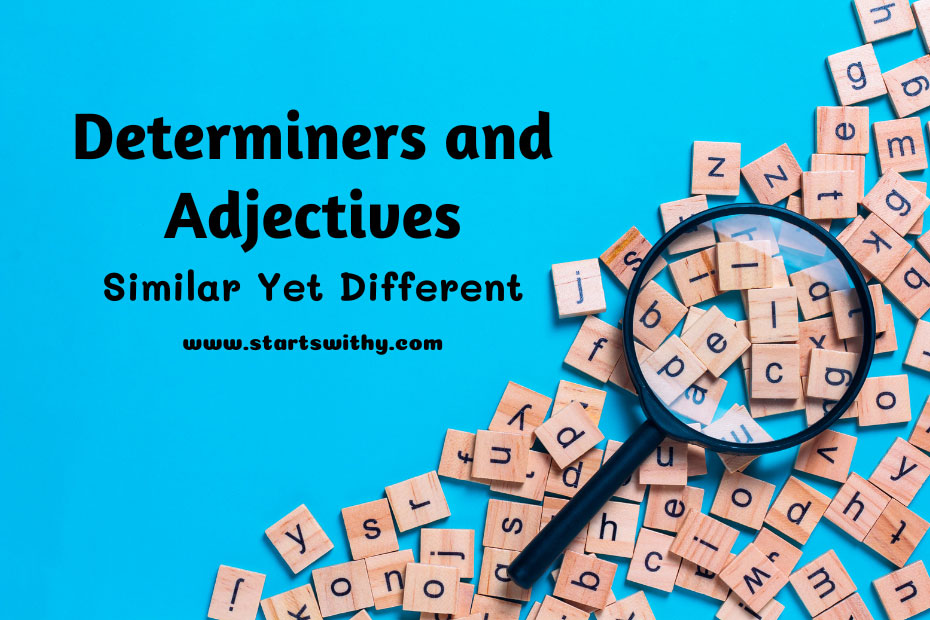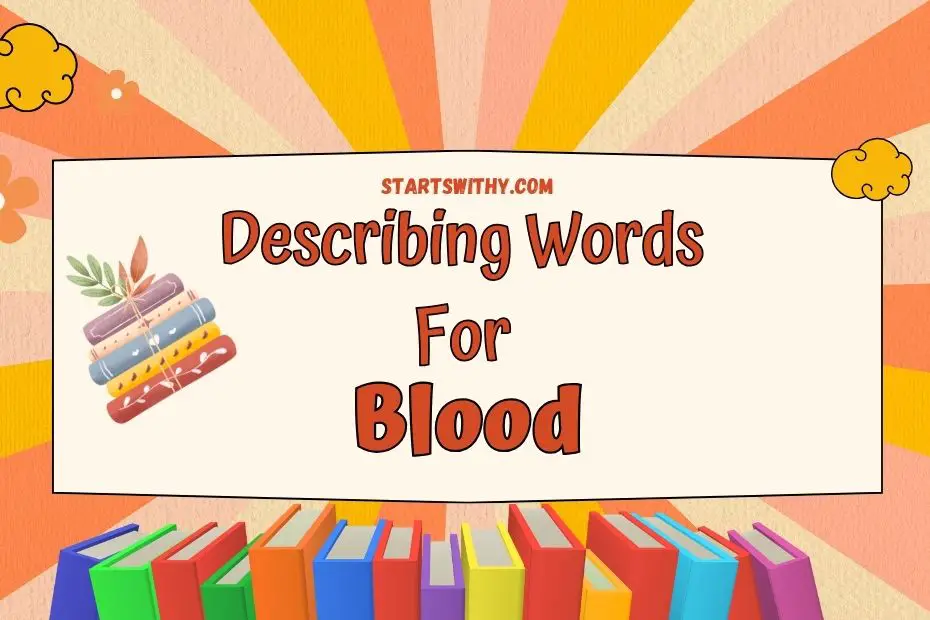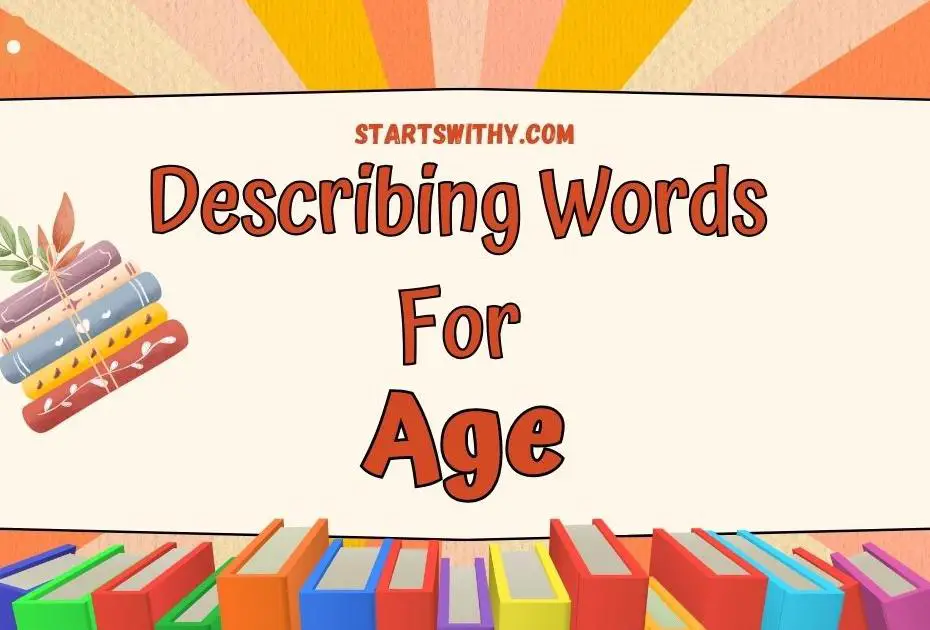Understanding the nuts and bolts of English grammar can be tricky, especially when it comes to determiners and adjectives. They’re often used side by side in sentences, but they serve different purposes. I’m here to unravel the mystery and highlight the key differences between these two types of words.
Determiners are the road signs that shape the meaning of a noun, indicating specifics like quantity or possession. Adjectives, on the other hand, are the color palette of language, describing qualities and characteristics. Knowing how to use each correctly is crucial for clear and effective communication.
So, let’s dive in and explore how determiners and adjectives work, why they’re similar, and most importantly, what sets them apart. You’ll see that with a bit of insight, you can master their uses and avoid common grammatical pitfalls.
How Determiners Shape the Meaning of Nouns
As I explore the nuances of English grammar, I find determiners to be incredibly impactful although often overlooked. Consider the sentence, “I saw birds.” Without context, ‘birds’ could mean any number of birds, anywhere. The moment I add a determiner, the meaning changes significantly. Let’s take a closer look at this transformation.
‘The’ is a definite determiner that narrows down the scope. When I say, “I saw the birds,” I’m referring to a specific group known to my audience. Perhaps it’s the flock by the schoolyard that the kindergarteners feed every morning. That single word provides clarity and specificity.
On the other hand, if I say, “I saw some birds,” the word ‘some’ is an indefinite determiner. It suggests a quantity that’s not exact, alerting the listener that the number isn’t crucial to my point; it introduces an element of vagueness that can be vital for early language development as it teaches kids the concept of an unspecified amount.
Here are a few key determiners outlining their differences:
| Definite Determiner | Indefinite Determiners |
|---|---|
| the | a, an, some, any |
Another determiner, ‘my’, shows possession. When I use it in a sentence, “I saw my birds,” I’m not just spotting any birds—I’m identifying ones that have a personal connection to me. This helps young learners grasp the concept of ownership and relate it to nouns in their environment, perhaps their toys or clothing.
Through careful choice of words like ‘every’, ‘each’, ‘these’, and ‘those’, determiners give preschool teachers a tool to guide children in understanding the world around them. For instance, “I saw those birds” could point to a picture in a book during story-time, making it a participative learning experience. It’s about embedding nouns in a context that children can interact with and learn from.
What channels through determiners is a richer, fuller understanding of nouns. They don’t just stand on their own; they are given a relationship to other words, to quantity, to context. This depth is what I aim to convey when teaching language, making the seemingly trivial choices in grammar quite profound.
The Role of Adjectives in Describing Qualities and Characteristics
As I delve into the realm of adjectives, I’m often struck by their vibrancy and the life they breathe into sentences. Unlike determiners which situate nouns in context, adjectives paint a vivid picture, illustrating the various attributes that objects, people, and places possess. They’re the brushes with which we color our language, enabling us to express not just what we’re talking about but also to convey our feelings and thoughts about those subjects.
To teach the subtleties of adjectives to children, it’s essential to start with the basics. Simple adjectives like ‘big’, ‘small’, ‘soft’, and ‘hard’ help kids describe the size and texture of the world around them. By introducing these descriptive words, I empower young minds to make distinctions between objects, helping them articulate their experiences with greater precision.
For instance, when a child sees two dogs, it’s the adjectives ‘tall’ and ‘short’ that help them describe the difference. Adjectives allow for a richer vocabulary, supporting kids in understanding not just ‘what’ but ‘what kind’ of things they’re observing. I’ve found that building on adjectives related to the five senses—such as ‘loud’, ‘bright’, ‘sweet’, ‘fragrant’, and ‘silky’—foster an early appreciation for nuanced description and sharpens their observational skills.
Quantity and quality often mesh in the language playground, and adjectives are the gatekeepers of this domain. They serve as important indicators when children begin to express preferences or make comparative judgments. A phrase like ‘the higher slide’ or ‘the more delicious cake’ introduces more complex adjective use, including comparative and superlative forms. These descriptions advance a child’s ability to evaluate their surroundings and communicate their feelings effectively.
By incorporating everyday examples and familiar concepts, I ensure that the introduction of adjectives is not only informative but also engaging. I am mindful to use relatable scenarios that resonate with children, making the learning process feel natural and enjoyable. As they grow familiar with adjectives, children start to use them instinctively, reflecting a deeper layer of learning where they not only recognize qualities and characteristics but also feel confident in describing them.
Understanding the Similarities Between Determiners and Adjectives
As I delve into the grammar world, I often explore the similarities between different elements. Determiners and adjectives may serve unique functions, yet they share some common ground. Both are integral in constructing sentences that are informative and engaging. They work to modify nouns, providing more detail to the listener or reader.
Determiners, such as ‘a’, ‘the’, and ‘my’, help pinpoint which specific noun we’re referring to. Adjectives like ‘small’, ‘blue’, and ‘quick’, on the other hand, describe the qualities of a noun. When teaching, I’ve seen how children enjoy using these words to express their observations more vividly. It’s fascinating to observe kids as they learn that both determiners and adjectives enhance the nouns, making their statements clearer and more descriptive.
Together, determiners and adjectives give strength to language, especially when explaining concepts to children. For example, saying “The fluffy cat” combines a definite determiner (“the”) with a descriptive adjective (“fluffy”). This phrase not only tells children which cat we’re talking about but also what makes this cat distinct from others. By doing so, kids learn to associate both with the noun to construct a precise idea in their minds.
It’s important for early educators to recognize that these parts of speech are allies in language development. They provide a foundation for kindergarteners to expand their vocabulary and start forming more complex sentences. Through activities like storytelling or describing pictures, I push for a variety of determiners and adjectives to be introduced. This approach helps keep lessons fresh and engaging, catering to young learners’ curiosity and love for new words.
As children become more familiar with the use of determiners and adjectives, their communication skills flourish. They start constructing sentences with ease, often combining new words they’ve learned in creative ways. Observing this progress is one of the most rewarding aspects of teaching for me.
Key Differences Between Determiners and Adjectives
As we delve into English grammar’s subtleties, it’s important for educators like me to grasp the distinctions between determiners and adjectives. This knowledge is crucial when teaching our young learners to use words correctly. Despite their similarities, determiners and adjectives have distinct roles that define their proper use in a sentence.
Determiners, for starters, operate as the introducers of nouns. They signal that a noun is about to follow and specify quantity or possession. Think of them as the guiding lights that help preschoolers navigate to the noun.
- Articles (a, an, the) are the most commonly used determiners. They tell us if we’re talking about something specific (the) or any member of a group (a, an).
- Demonstratives (this, that, these, those) point out specific items, especially useful when the classroom is filled with various objects to explore.
- Possessives (my, your, his, her, its, our, their) express ownership, which is a concept every kindergartener is keenly aware of.
- Quantifiers (some, many, few, several) describe the amount and are essential in activities like counting and sharing.
On the flip side, adjectives provide details that describe or modify the noun, giving us richer, more evocative descriptions. They add color and texture to our sentences, enabling young minds to paint vivid pictures with their words. Attributes like color, size, shape, and quality all come under the broad umbrella of adjectives.
- Color: blue, green, yellow
- Size: big, small, tall
- Shape: round, square, triangular
- Quality: sweet, rough, silky
I’ve found that a well-organized lesson plan that contrasts determiners with adjectives can be an effective tool in showing exactly where each fits into the structure of a sentence. By providing clear examples and engaging activities, educators can reinforce the differences, ensuring that children can confidently use these terms when they speak and write.
Incorporating plenty of practice with relatable objects and situations from the children’s daily lives is key. For instance, using phrases like “my red ball” or “three round cookies” during snack time not only makes the learning process fun but cements the functional purpose of determiners and adjectives in their developing minds.
Mastering the Uses of Determiners and Adjectives
Determiners and adjectives are like the unsung heroes of English grammar, setting the scene for nouns to shine. As an educator, it’s my job to demystify these terms so that my students can wield them with precision. The trick lies in knowing when to use each and grasping how they orchestrate meaning within a sentence.
When I introduce determiners to my class, they quickly learn that these little words have a big job. Determiners specify and limit nouns to point out which items we’re talking about. I make it stick by using clear examples, such as:
- Articles: a, an, the
- Demonstratives: this, that, these, those
- Possessives: my, your, his, her, its, our, their
- Quantifiers: some, any, few, many, much, enough
I’ve found that demonstrating with tangible objects like toy blocks or storybook characters helps young learners understand this concept better. After laying this groundwork, we move on to adjectives, which add color and context to the nouns.
Adjectives describe qualities and characteristics, enabling children to express themselves more vividly. When teaching adjectives, it’s beneficial to invite kids to describe objects in the room. This activity not only hones their use of descriptive words but also enhances their observational skills. I emphasize adjectives such as:
- size (big, small)
- color (blue, red)
- texture (smooth, rough)
- shape (circular, square)
- opinion (lovely, terrible)
By alternating focused sessions on determiners and adjectives, I ensure my students don’t mix them up. We engage in sorting games where they categorize words into appropriate groups, enhancing their ability to distinguish between the two.
As the lessons progress, I introduce sentences that combine both elements to scaffold their learning. This graduated approach enables kids to appreciate the unique role each plays. They start constructing sentences like “The furry cat sat on a warm bed,” where ‘the’ and ‘a’ are determiners pointing out specific nouns, while ‘furry’ and ‘warm’ are adjectives giving extra information about the cat and the bed.
Conclusion
Mastering the use of determiners and adjectives is crucial for crafting precise and vivid sentences. I’ve shared some tips and activities that can make learning these grammar components engaging and effective. Remember, practice makes perfect. By incorporating these elements into everyday language exercises, you’ll soon find that distinguishing between them becomes second nature. Keep experimenting with words, and watch your communication skills flourish.



